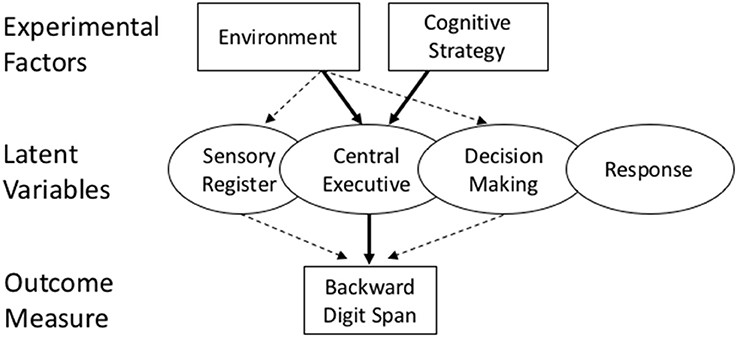
The target sequence is shifted to the right, i.e., prepended by a Sequence is fed to the model using input_ids. This means that for training, we always need an input sequence and a corresponding target sequence. T5 is an encoder-decoder model and converts all NLP problems into a text-to-text format. UMT5: UmT5 is a multilingual T5 model trained on an improved and refreshed mC4 multilingual corpus, 29 trillion characters across 107 language, using a new sampling method, UniMax. The Flan-T5 are T5 models trained on the Flan collection ofĭatasets which include: taskmaster2, djaym7/wiki_dialog, deepmind/code_contests, lambada, gsm8k, aqua_rat, esnli, quasc and qed.įLan-UL2 : the UL2 model finetuned using the “Flan” prompt tuning and dataset collection.

UL2: UL2 is a T5 like model pretrained on various denoising objectivesįlan-T5: Flan is a pretraining methods that is based on prompting. To the documentation of byT5 which can be found here. The documentation of mT5 which can be found here.īyT5: byT5 is a T5 model pre-trained on byte sequences rather than SentencePiece subword token sequences. It is pre-trained on the mC4 corpus, which includes 101 languages.

Refer to the documentation of T5v1.1 which can be found here. T5v1.1: T5v1.1 is an improved version of T5 with some architectural tweaks, and is pre-trained on C4 only without See the training, inference and scripts sections below for all details regarding usage.īased on the original T5 model, Google has released some follow-up works: Encoder input padding can be done on the left and on the right. The input of the encoder is the corrupted sentence, the input of the decoder is the original sentence and the target is then the dropped out tokens delimited by their sentinel tokens. Self-supervised training uses corrupted tokens, by randomly removing 15% of the tokens and replacing them with individual sentinel tokens (if several consecutive tokens are marked for removal, the whole group is replaced with a single sentinel token). Supervised training is conducted on downstream tasks provided by the GLUE and SuperGLUE benchmarks (converting them into text-to-text tasks as explained above). The pretraining includes both supervised and self-supervised training. T5 works well on a variety of tasks out-of-the-box by prepending aĭifferent prefix to the input corresponding to each task, e.g., for translation: translate English to German: …, T5 is an encoder-decoder model pre-trained on a multi-task mixture of unsupervised and supervised tasks and for whichĮach task is converted into a text-to-text format. NLP, we release our dataset, pre-trained models, and code. To facilitate future work on transfer learning for Summarization, question answering, text classification, and more. With scale and our new “Colossal Clean Crawled Corpus”, we achieve state-of-the-art results on many benchmarks covering By combining the insights from our exploration Our systematic study compares pretraining objectives, architectures, unlabeled datasets, transferĪpproaches, and other factors on dozens of language understanding tasks.

Transfer learning techniques for NLP by introducing a unified framework that converts every language problem into a In this paper, we explore the landscape of Has given rise to a diversity of approaches, methodology, and practice. Task, has emerged as a powerful technique in natural language processing (NLP). Transfer learning, where a model is first pre-trained on a data-rich task before being fine-tuned on a downstream The abstract from the paper is the following: Michael Matena, Yanqi Zhou, Wei Li, Peter J. The T5 model was presented in Exploring the Limits of Transfer Learning with a Unified Text-to-Text Transformer by Colin Raffel, Noam Shazeer, Adam Roberts, Katherine Lee, Sharan Narang,


 0 kommentar(er)
0 kommentar(er)
